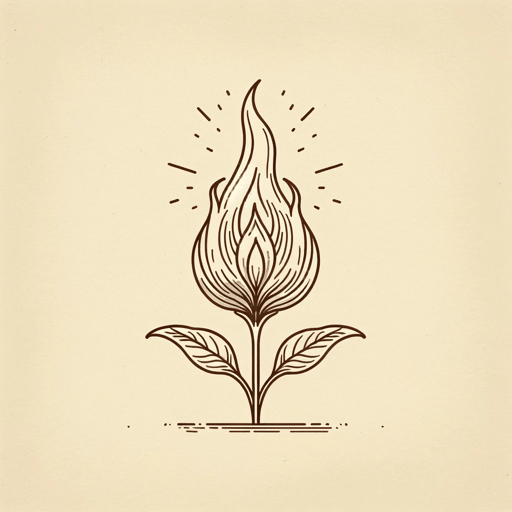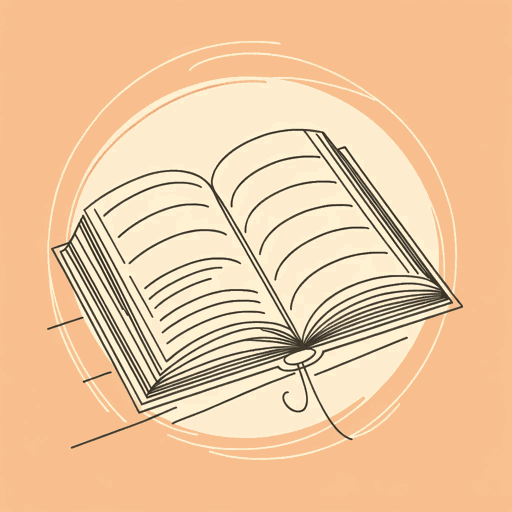48 pages • 1 hour read
Chitra Banerjee DivakaruniThe Palace of Illusions
Fiction | Novel | Adult | Published in 2008A modern alternative to SparkNotes and CliffsNotes, SuperSummary offers high-quality Study Guides with detailed chapter summaries and analysis of major themes, characters, and more.
Symbols & Motifs
Natural Elements
The Palace of Illusions is full of references to nature and natural objects. The characters have a close tie to nature, and repeated references in the text solidify this relationship. For example, Panchaali and Dhri emerge from fire, a natural element, during their birth. Rather than being born from a woman, they emerge from nature. Fire is a significant image in the novel. When Panchaali visits Vyasa, he lights a circle of fire around her, and “[a] thick smoke rose until I couldn’t see anything outside the circle” (38). This fire again brings Panchaali closer to nature and also harkens back to her origin. Fire is also an element of destruction, and it kills many people after the Great War. It both gives life and takes life.
Other elements of nature emerge as significant symbols that link the characters to the natural word. For example, at Panchaali’s swayamvar, a garland of flowers acts as a ritual object. She notes, “The king who won it would be the one I’d garland” (55). By placing a garland around his neck, Panchaali seals her connection to Arjun. The flowers symbolize their bond. Later, Panchaali’s beloved palace disintegrates into bones, hair, sand, and salt.
Related Titles
By Chitra Banerjee Divakaruni




